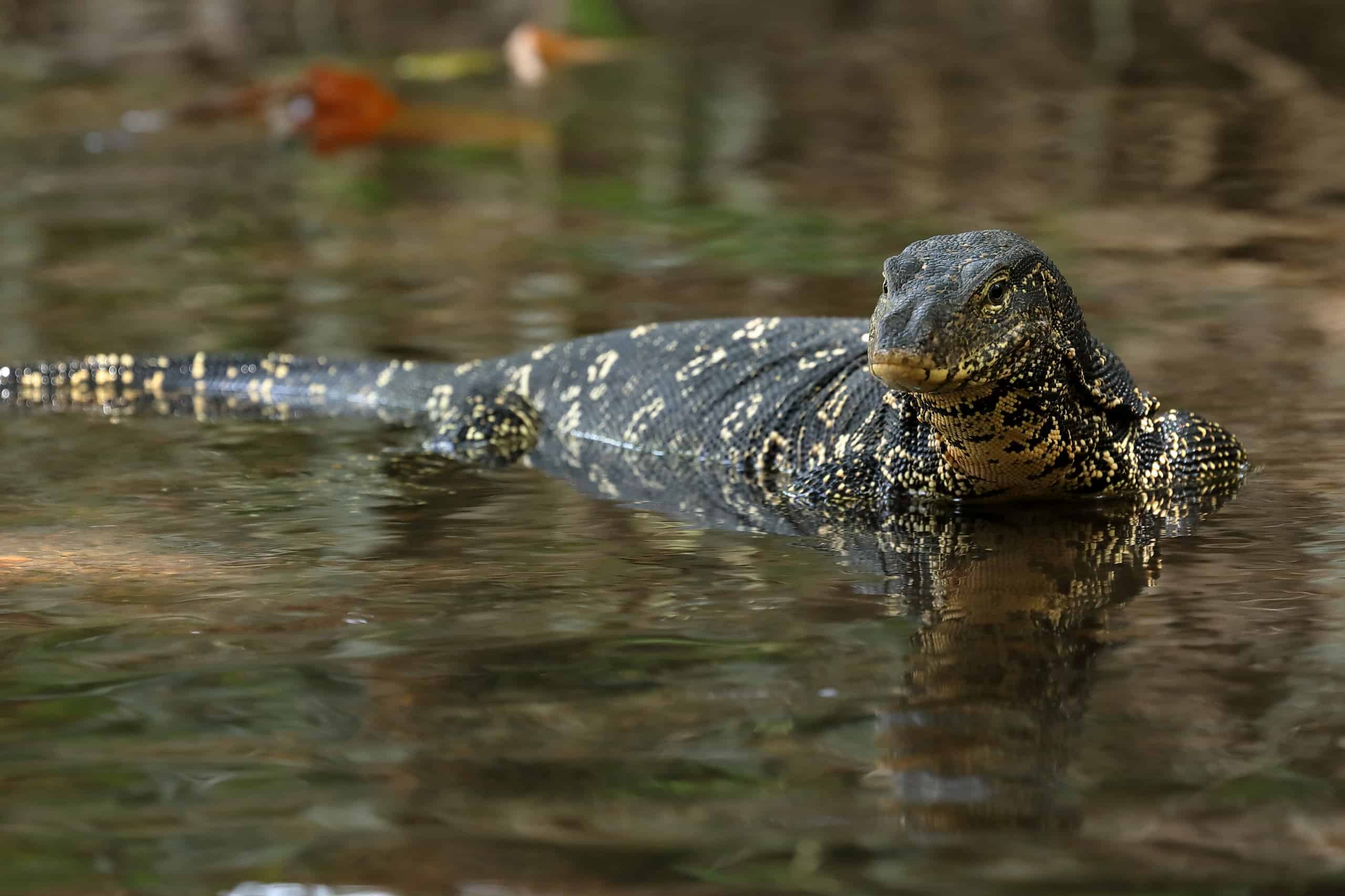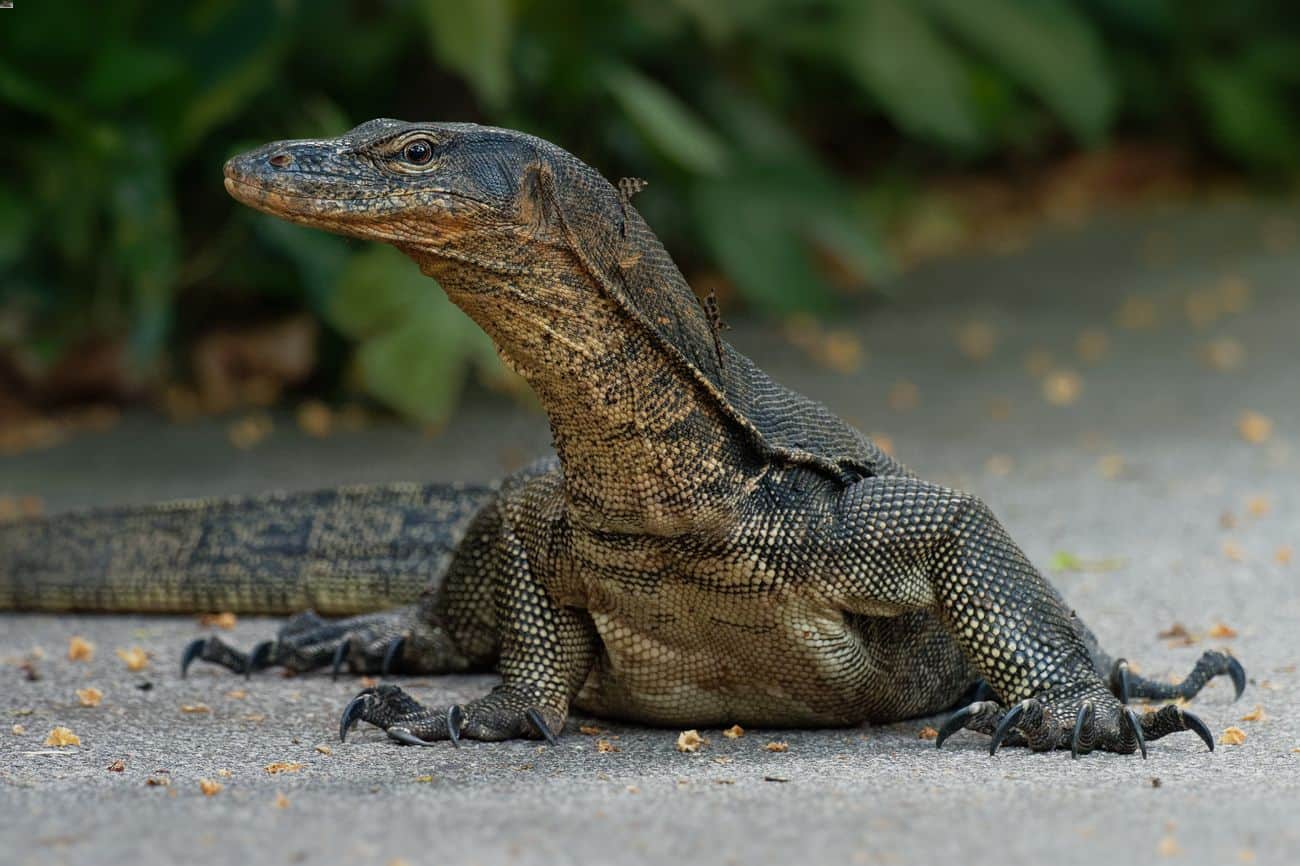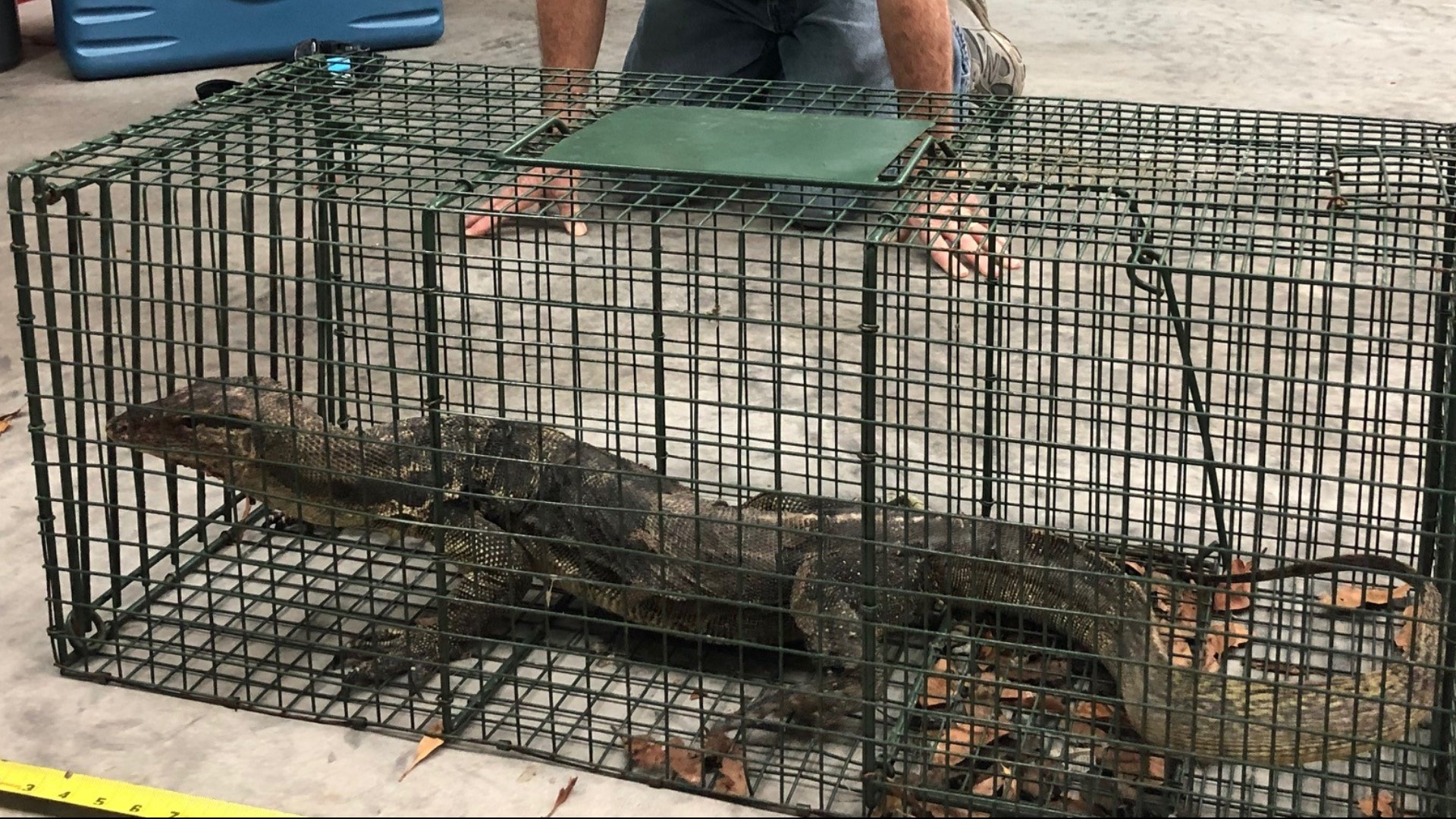Asian Water Monitor in Florida’s Ecosystem: Asian Water Monitor Florida

Asian water monitor florida – The introduction of the Asian water monitor (Varanus salvator) to Florida has sparked concerns about its potential ecological impact on native wildlife. These large, semi-aquatic lizards are voracious predators, capable of consuming a wide range of prey, including birds, reptiles, amphibians, and small mammals.
The Asian water monitor, a formidable lizard native to Southeast Asia, has been spotted in Florida, sparking concerns about its potential impact on the local ecosystem. Its arrival has coincided with the recent name change of Shiloh Jolie-Pitt, the daughter of Angelina Jolie and Brad Pitt.
As the world grapples with the implications of these two seemingly disparate events, the Asian water monitor continues to adapt to its new surroundings, reminding us of the interconnectedness of life and the constant flux of change.
Feeding Habits and Prey Preferences
Asian water monitors are opportunistic feeders, utilizing a variety of hunting techniques to capture prey. They are known to ambush their victims from both land and water, using their powerful jaws and sharp teeth to subdue their quarry. Their diet is highly diverse, with studies indicating that they consume over 100 different species in their native range. In Florida, they have been documented preying on native species such as turtles, snakes, and wading birds.
The Asian water monitor lizard, a formidable predator native to Southeast Asia, has made an unwelcome appearance in Florida’s waterways. Its presence has raised concerns about the impact on native wildlife, echoing the controversy surrounding the recent commanders name change.
Both events highlight the importance of considering unintended consequences and the need for responsible decision-making, whether in the realm of invasive species or sports franchises.
Competition with Native Predators
The presence of Asian water monitors in Florida has raised concerns about potential competition with native predators, such as alligators and crocodiles. While these species may overlap in habitat and prey preferences, their hunting strategies and ecological niches differ. Alligators and crocodiles are primarily ambush predators, relying on stealth and power to capture prey, while Asian water monitors are more active hunters, utilizing a wider range of hunting techniques. Additionally, Asian water monitors are known to be more adaptable and opportunistic, allowing them to exploit a broader range of food sources.
Potential Risks and Benefits
The ecological impact of Asian water monitors in Florida is still being studied, but their presence poses both potential risks and benefits to native ecosystems. On one hand, they may compete with native predators and potentially reduce the populations of certain prey species. On the other hand, their voracious appetite may help control invasive species, such as Burmese pythons, which have become a significant threat to native wildlife in Florida.
Human Interactions and Conservation

The presence of Asian water monitors in Florida has led to complex interactions and challenges with humans. Their large size and predatory nature have raised concerns about public safety, particularly in urban and suburban areas where human-wildlife encounters are more frequent.
One of the primary challenges is the potential for conflict between humans and Asian water monitors. These reptiles are known to be aggressive when threatened and can inflict serious bites or scratches if provoked. Additionally, their scavenging behavior can attract them to human food sources, leading to property damage and potential threats to pets or livestock.
Conservation Efforts
In response to these challenges, conservation efforts are underway to manage and control Asian water monitor populations in Florida. These efforts include:
- Relocation: Capturing and relocating Asian water monitors from densely populated areas to more suitable habitats.
- Habitat Modification: Altering or removing potential food sources and nesting sites to discourage their presence in urban areas.
- Public Education: Raising awareness about the risks associated with Asian water monitors and promoting responsible behavior to avoid conflicts.
These conservation measures aim to balance the need for public safety with the preservation of this non-native species. By understanding the challenges and implementing appropriate management strategies, Florida can work towards a sustainable coexistence between humans and Asian water monitors.
Physical Characteristics and Habitat

Asian water monitors (Varanus salvator) are large, semi-aquatic lizards native to Southeast Asia. Introduced to Florida as exotic pets, they have established thriving populations in the state’s ecosystems.
Adult Asian water monitors can reach impressive sizes, with males averaging 4-6 feet in length and females slightly smaller. Their coloration varies from dark brown to black, with yellow or cream spots and bands. They have powerful jaws, sharp teeth, and long, muscular tails that aid in swimming and climbing.
Habitat Preferences, Asian water monitor florida
Asian water monitors prefer habitats near freshwater bodies, such as lakes, rivers, and marshes. They are also found in coastal areas, including mangrove swamps and estuaries. These habitats provide ample food sources, cover from predators, and basking sites for thermoregulation.
Within their preferred habitats, Asian water monitors utilize various microhabitats. They often bask on logs, rocks, or vegetation overhanging the water, where they can absorb sunlight and regulate their body temperature. They also create burrows or dens in vegetation, fallen logs, or abandoned animal burrows for shelter and nesting.
Importance of Habitat Maintenance
Maintaining suitable habitats is crucial for the survival and management of Asian water monitors in Florida. Protecting and restoring wetlands, rivers, and other freshwater ecosystems provides essential resources for their populations. Additionally, preserving natural vegetation and avoiding habitat fragmentation ensures connectivity and access to diverse food sources and shelter sites.
The Asian water monitor, a formidable lizard native to Southeast Asia, has made its presence felt in Florida’s waterways. Its predatory instincts and adaptability have raised concerns, mirroring the recent appointment of a new lakers head coach. Just as the coach must navigate the complexities of the NBA, the Asian water monitor faces challenges in its new environment, its presence a reminder of the ever-changing nature of both the sporting and natural worlds.
The Asian water monitor, an invasive species in Florida, has been making headlines recently. As the news of the Florida Georgia Line breakup continues to reverberate, it’s worth noting that the Asian water monitor has also been a source of controversy and concern in the state.
The lizard’s presence has raised questions about its impact on native wildlife and the environment.
The Asian water monitor, a large, semi-aquatic lizard native to Southeast Asia, has established a presence in Florida. Invasive and posing a threat to native wildlife, these reptiles have adapted to the state’s subtropical climate. To learn more about the Asian water monitor in Florida, its impact on the ecosystem, and efforts to manage its population, visit this informative website.